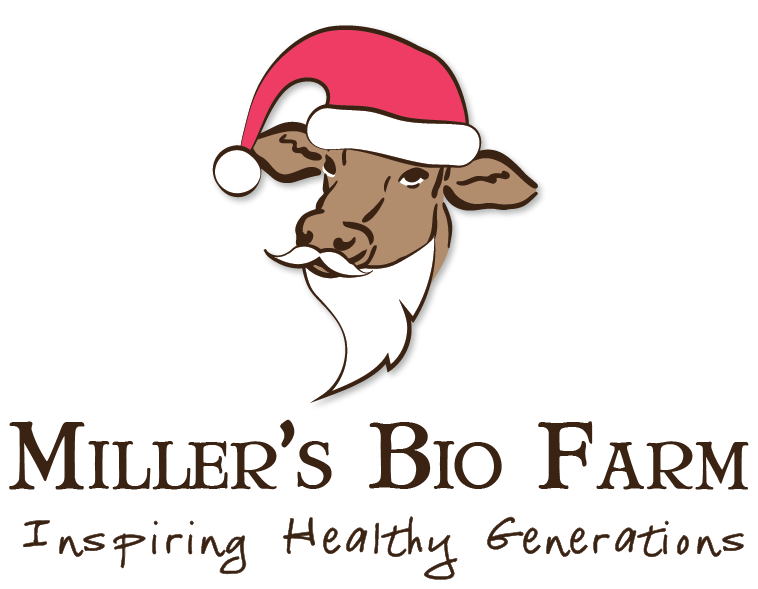We NEED fat, good fat is good.
posted on
November 24, 2017

I have been liberally spreading tallow balm on my skin this week, 3x per day, and it got me thinking about fat. Fat, especially saturated fat, has been vilified in the US since the 1960s, when the low-fat craze started. It has really done a number on our cooking and our health as a society, because not all fat is bad. In fact, we NEED fat for so many basic bodily functions.
Fat is a great source of energy that our body stores for use at later times. Fat contains essential fatty acids, necessary for the growth development and cell functions. Fat enables proper functioning of nerves and the brain, wrapping around nerve cells allowing them to send electrical messages. Fat maintains healthy skin and other tissues. Fat transports fat-soluble vitamins A, D, E, and K thought the bloodstream and is super important for kids’ health. Fat forms steroid hormones needed to regulate many bodily processes. And so on...
You may be thinking, but what about the cholesterol hypothesis? Won’t saturated fats and cholesterol clog my arteries? This myth has been debunked. It was based on science that was not considering the bigger picture of your body’s health.
Real natural fats from healthy plants and animals are great for your health. These include butter, tallow, coconut oil, lard, olive oil, and flax seed oil. On the other hand, “fake” fats should be avoided. These include trans-fats, margarine, vegetable oil, canola oil, peanut oil, and partially hydrogenated oils. I’ll be honest. This can be a very scientific topic. If you’d like to learn more about types of fat and their effects on your body, I recommend reading the article “The Skinny on Fats” by Sally Fallon.
Basically, what I’m saying is... slather butter on your bread, eat potato chips fried in lard, don’t skim the fat from your bone broth, and embrace the fat! I hope you ate lots of gravy yesterday, and I hope you have leftover gravy to gobble up today. If you don’t, I hope you roast a chicken sometime soon to make some gravy to gobble up.
This year, I tried two new things with my Thanksgiving gravy and had great success. First, I used soaked flour. Second, I used the chicken neck and giblets to add a boost of flavor and nutrients. The night before, I mixed 1 cup of whole-grain flour with 1 cup of yogurt and let it sit on the counter overnight. The next morning, I started simmering the chicken neck and giblets in grass-fed butter. When I was ready to make the gravy, I poured about 2 cups of turkey meat juices and the giblet butter into a large saucepan and turned the heat to medium. Then, in a mason jar, I mixed together the flour/yogurt mixture and 2 cups of raw milk. Next, I brought my meat juices to a simmer and added my mason jar flour/yogurt/milk concoction slowly, stirring constantly. I continued to stir for about 5 minutes, until the gravy was nice and thick (if it’s too thick, you can add some more milk or broth). Last, I seasoned with salt and pepper. It was a hit!




